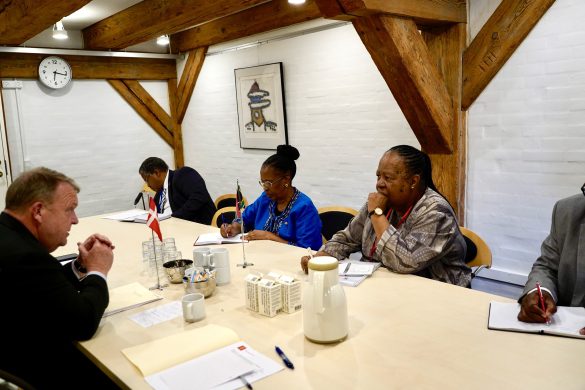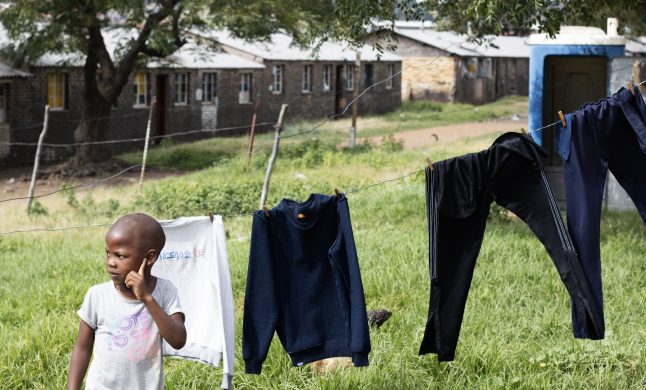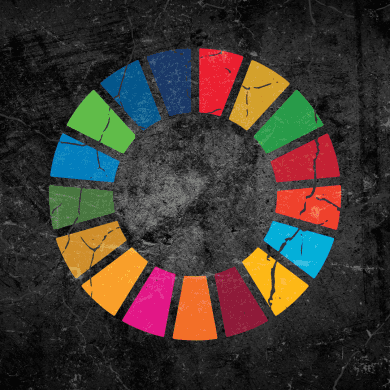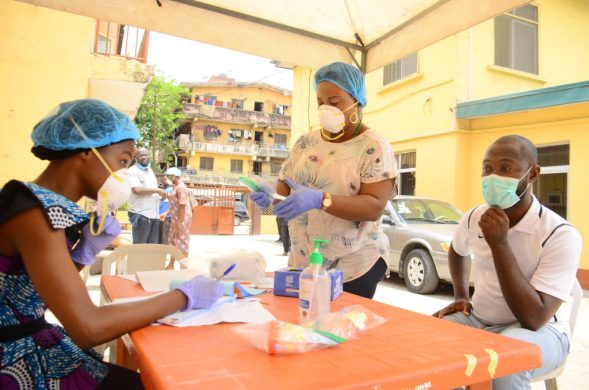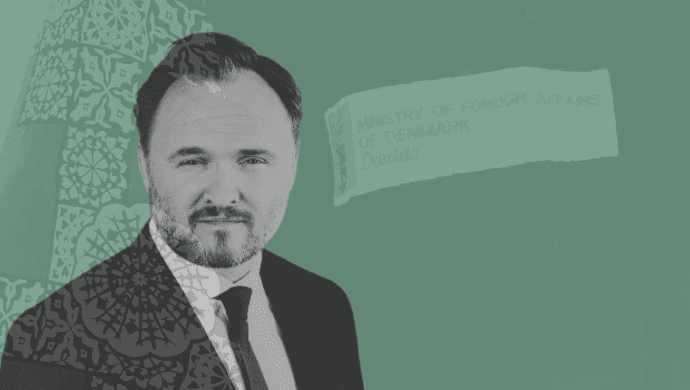Microfinance projects in the developing world make some people poorer, not richer, a major academic study has concluded.
It should not be seen as a panacea (universalmiddel) in the fight against poverty, nor as a blanket tool (generelt værktøj) to empower women, according to a press release Tuesday.
Aid programmes providing small loans and savings accounts (opsparingsordninger) to those who have no access to traditional banking services have been hailed as an important way to use the market to help people improve their lives, and particularly to support poor women.
But researchers from the Institute of Education, London, and the University of Johannesburg in South Africa have found that in many cases microfinance not only fails to achieve these aims, but can also damage lives.
Recent news coverage of microfinance in India has highlighted the implications of the terrible debt incurred (oparbejdet) by some borrowers required to pay very high interest rates.
In the first systematic review of the available evidence on microfinance, the academics found a mixed picture.
The study reviewed all the good quality research on the impact of microfinance in sub-Saharan Africa, focussing on 15 studies, and found that microfinance is doing little to advance the Millennium Development Goals (2015 Målene).
– Health generally increases and, for some, secures access to food and nutrition, says the report, yet “impacts on education are varied with limited evidence for positive effects and considerable evidence that micro-credit may be doing harm.”
For example data from Malawi and Zimbabwe shows that micro-credit significantly decreases (formindsker) primary school attendance amongst borrowers’ children. The picture is particularly bad for girls, who are taken out of school or indeed not enrolled (indskrevet) at all.
Dr Ruth Stewart of the IOE, who led the study, explains that because the debts have to be paid back very quickly, in weekly or monthly payments, they can discourage long-term investments such as the education of clients’ children.
– Loans, with interest rates often as high as 30 per cent, need to be invested in business which has a quick return, she said, adding: – In those circumstances it is not a surprise that borrowers can not afford to prioritise their children’s education.
Furthermore, there is very limited evidence that micro-credit, often targeted at small groups of women, empowers them at all. – This claim is not supported by the evidence, says Dr Stewart.
This is just one element of the rhetoric around microfinance, which raises false hopes and is “problematic and damaging”, the report warns,adding:
“There may be a need to focus more specifically on providing loans to entrepreneurs, rather than treating everyone as a potential entrepreneur”.
Microfinance can help some people in particular ways, but “there is an obligation amongst donors and policy-makers not to falsely raise expectations with development aid.”
————–
“What is the impact of microfinance on poor people in sub-Saharan Africa: A systematic review” by Stewart R, van Rooyen C, Dickson K, Majoro M, de Wet T, Universities of London and Johannesburg, was funded by DFID = det britiske Danida.
Hele rapporten kan læses på
http://eppi.ioe.ac.uk/cms/LinkClick.aspx?fileticket=FM4Kv2S%2fRyU%3d&tabid=53&mid=2009&language=en-US




